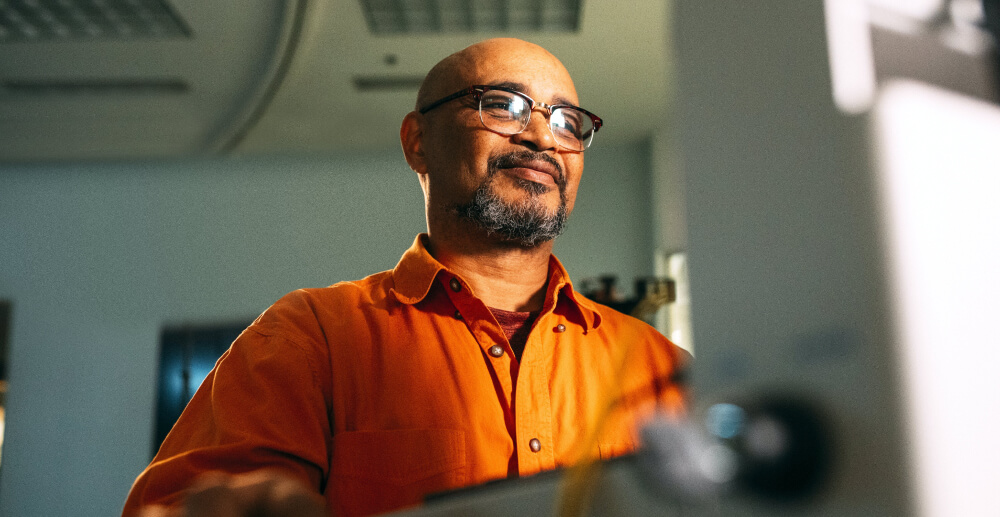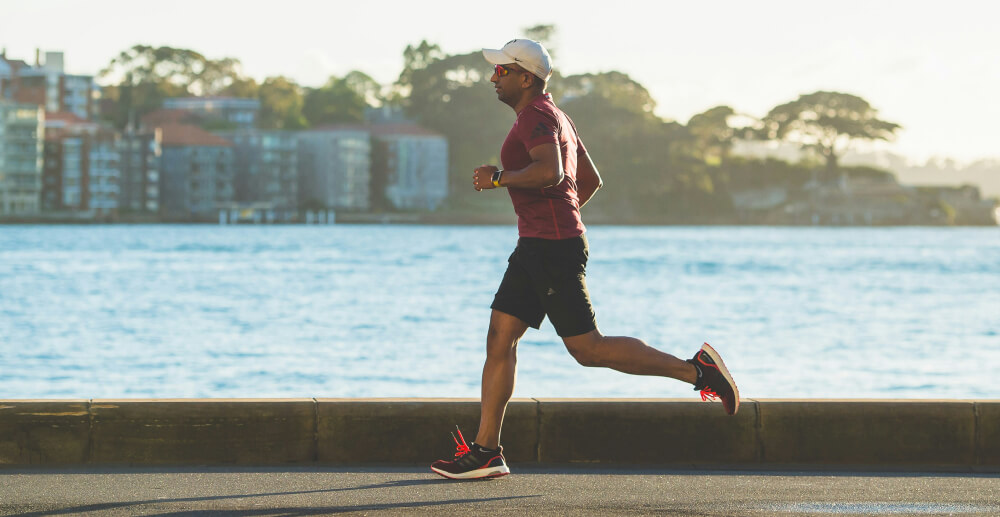Walking is one of the most accessible, and most underrated, forms of exercise for almost everyone — you don’t need to be fit, it’s free, and you can do it anywhere (even during a pandemic!). At a time when anxiety is high, we cannot underestimate the benefits of walking.
My walking journey
A few years ago I was feeling pretty miserable about my weight. I was two years sober but weighed over 300 pounds and was struggling with binge eating. Even though I was struggling financially, I managed to hire a coach for one session a month to help me get healthier.
When she challenged me to immediately start walking 10,000 steps a day, I felt pretty overwhelmed. My body felt heavy and stiff, and my pace seemed so slow. But I was determined to improve my health so I took her advice, bought a pedometer, and off I went.
I walked to work, walked around the park at lunchtime, and got off the bus earlier to walk home. Even with all of that movement, I still didn’t reach my goal, so I’d have to walk after dinner too.
The benefits of walking
Initially, I hated all that walking. Even though it is a fairly easy exercise, it felt hard to walk in my body. But I kept at it. And within a week I noticed some pretty miraculous improvements: I was more energized, my mood was brighter and less depressed, my appetite decreased, I lost weight, my waist was getting smaller, and I felt less stressed.
Studies show that walking for 30 minutes a day for five days a week:
- Reduces your risk of cancer
- Improves heart health: the risk of coronary heart disease decreases as walking increases, by up to 19 percent
- Reduces the risk of death by 32 percent
- Eases joint pain
- Boosts immune function
- Lowers blood pressure
- Improve the area of your brain that is critical for memory
- Improves mental health
The overall effects for me over an 18-month period was that I lost 60 pounds and felt great. It motivated me so much that I even took up cycling, which then became my primary form of exercise. Before walking and achieving my step goal I’d never have considered getting on a bike, never mind using it as my transport.
I kept up walking and cycling when I moved to America. However, with tennis elbow in both arms, I had to give up my bike and I bought a car. While I walked regularly with my dog, I still wasn’t tracking nearly as many steps as I had before the car. I noticed that I was more depressed, I felt tired all the time, I started to gain weight, and I was getting a lot of colds and viruses.
Walking during the pandemic
COVID-19 presents a heavy burden on the world as we struggle to cope with the effects of the pandemic while practicing social distancing. Spending increased amounts of time indoors can be isolating and can have a real impact on our mental well-being.
I live alone, so these times are particularly isolating for me. I’ve experienced the desire to check out more — spending many evenings staring at the TV or my phone — and have felt higher levels of stress, extreme tiredness, and an insatiable appetite.
However, It’s times like this that I am really grateful for my dog, Bowie. She has to get regular exercise or she will incessantly jump on me. She spurred me on to reinstate the 10,000-steps-a-day challenge and it has been life-saving — not only to my mental health, but also my ability to cope with stress, my perspective on the crisis and to moderate my appetite and energy levels.
Ultimately, I feel better and I make better choices when I walk. And I’m not alone. I asked friends and colleagues in recovery about the benefits of walking and how its impacted their lives.
How walking impacts people in recovery
Counselor, trauma specialist, and expressive arts therapist Dr. Jamie Marich tells me that walking has been her saving grace during the coronavirus quarantine. “Moving my body and walking outside in the fresh air each day is helping me stay grounded and sane. I hope that I continue with this daily practice even after this passes,” she says.
Yoga teacher Esther Nagle tells me that walking has helped her process big life experiences and has been a path to healing. “I got into walking when I was grieving after my brother’s death. It got me through that, and started me on a massive path to healing. It is a huge part of my self-care now. Being able to get out into the hills, or to the coast, has stopped me losing my mind and myself on many occasions.”
David Whitestock says it’s his favorite and most beneficial habit formed over the last decade. “Jefferson — the beagle — and I will do some epic walks — especially on the weekend. But, we average 45 minutes per outing. We averaged 4.3 miles per day in 2019.”
In his blog on the topic, David refers to a famous quote from Thomas Jefferson about the purpose and mindful benefits of walking.
“The object of walking is to relax the mind. You should therefore not permit yourself even to think while you walk. But divert your attention by the objects surrounding you. Walking is the best possible exercise. Habituate yourself to walk very far.”
How to start walking
You don’t have to start off with 10,000 steps a day. You can start small. Build it up over time. Perhaps in the first week, you could walk 4,000 steps a day, and increase by a thousand steps a week. The goal is incremental and lasting change. Your body and mind will thank you for it.









